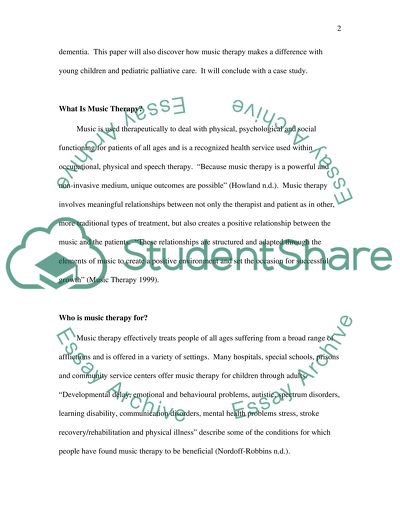Cite this document
(“The creative use of music within occupational therapy Essay”, n.d.)
Retrieved from https://studentshare.org/music/1536067-the-creative-use-of-music-within-occupational-therapy
Retrieved from https://studentshare.org/music/1536067-the-creative-use-of-music-within-occupational-therapy
(The Creative Use of Music Within Occupational Therapy Essay)
https://studentshare.org/music/1536067-the-creative-use-of-music-within-occupational-therapy.
https://studentshare.org/music/1536067-the-creative-use-of-music-within-occupational-therapy.
“The Creative Use of Music Within Occupational Therapy Essay”, n.d. https://studentshare.org/music/1536067-the-creative-use-of-music-within-occupational-therapy.


